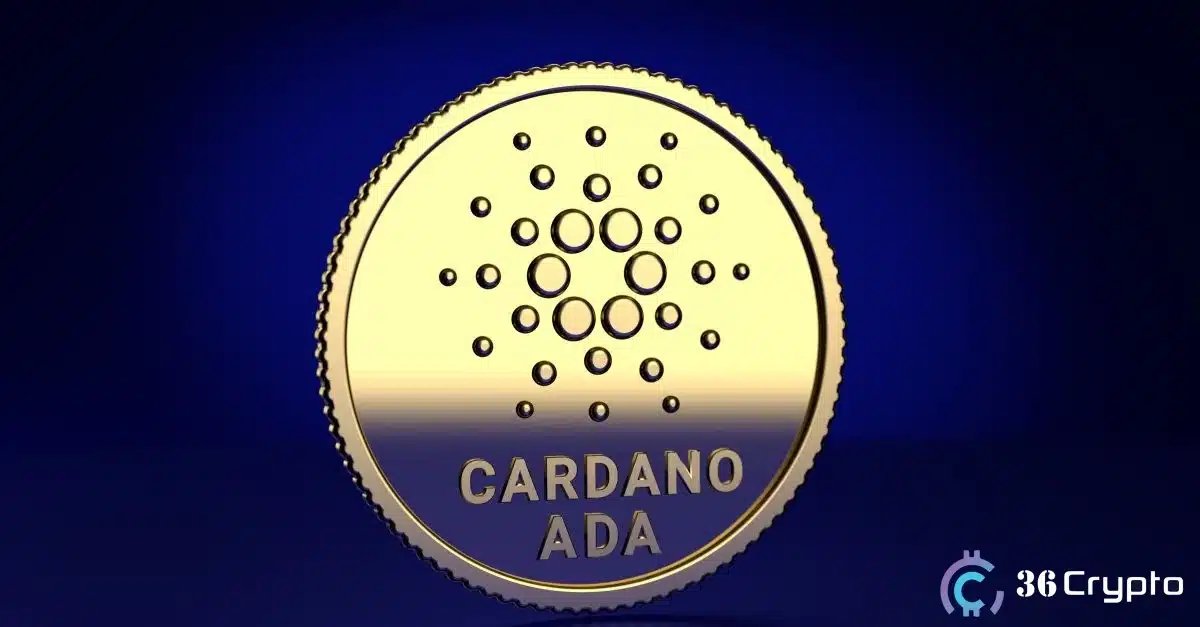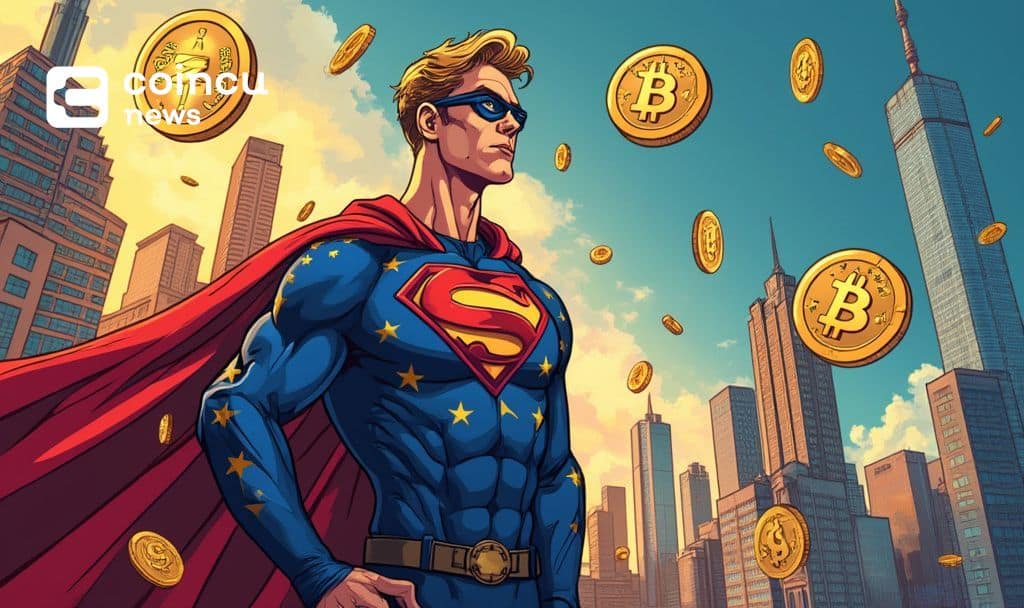Bitcoin Accumulation Addresses Hit All-Time High Following October 10, 2025 Price Crash, Glassnode Data Shows
Despite the sharp Bitcoin price decline that began on October 10, 2025, blockchain analytics firm Glassnode reveals a surprising trend: Bitcoin accumulation addresses have surged to record highs, suggesting strong conviction among long-term holders amid market turbulence.
Understanding the Accumulation Surge
According to Glassnode's latest on-chain metrics, the number of Bitcoin accumulation addresses—wallets actively acquiring and holding BTC rather than trading—has climbed to unprecedented levels since the October 10 crash. This counterintuitive trend indicates sophisticated investors view the recent downturn as a buying opportunity.
"The surge in accumulation addresses during a price decline historically signals strong hands entering the market," noted a Glassnode analyst. "This pattern often precedes significant price recoveries as conviction-driven investors accumulate."
Bitcoin accumulation addresses represent wallets that consistently receive BTC without significant outflows, serving as a proxy for long-term investor confidence. They help identify whether smart money views current prices as attractive entry points.
The October 10 Crash Context
The October 10 Bitcoin price decline occurred amid converging factors: global financial market volatility due to central bank policy uncertainty, cascading leverage liquidations, technical support level breakdowns, and heightened trader panic. Despite these challenges, rising accumulation addresses suggest a divergence between short-term trader behavior and long-term investor conviction.
Historical Patterns and Market Implications
Examining historical data reveals important patterns. Following the March 2020 COVID crash to $3,800, accumulation addresses surged similarly, preceding the bull run to $69,000 in 2021. Throughout the 2022 bear market, increased accumulation during price weakness consistently marked local bottoms. The 2018-2019 bear market accumulation ultimately preceded the 2020-2021 bull cycle.
Historically, when accumulation addresses reach new highs during price declines, Bitcoin typically finds a bottom within 2-6 weeks, followed by gradual recovery. The current October 2025 accumulation surge appears more concentrated than previous cycles, possibly indicating stronger conviction or more sophisticated investor participation.
Who Is Accumulating Bitcoin?
The rise reflects diverse investor categories: retail investors dollar-cost averaging at attractive valuations, small institutions viewing volatility as noise relative to long-term potential, Bitcoin maximalists accumulating during weakness, and high net worth individuals seeking portfolio diversification. The breadth across investor types suggests widespread belief in current Bitcoin value.
Supporting Technical Indicators
Beyond accumulation addresses, several indicators corroborate the bullish thesis. Bitcoin's MVRV ratio has declined to historically undervalued levels. The Spent Output Profit Ratio (SOPR) indicates investors are holding losses rather than selling. Net Unrealized Profit/Loss (NUPL) shows the market in zones where accumulation has been historically rewarded. Reserve Risk and Puell Multiple metrics further support growing investor conviction despite price weakness.
Exchange Balance Trends
Rising accumulation addresses correlate with declining Bitcoin balances on centralized exchanges. Since October 10, withdrawals from major exchanges have accelerated, indicating investors are moving coins to private wallets for long-term storage. Lower exchange balances mean less Bitcoin readily available for selling, reducing potential downside pressure and creating supply-demand imbalances that could drive future appreciation.
Expert Perspectives
Leading cryptocurrency analysts offer various interpretations. Some view the accumulation surge as one of the strongest conviction signals this cycle, with historical precedent suggesting favorable entry zones. However, experts counsel caution, noting accumulation addresses are lagging indicators that don't guarantee immediate reversal. Technical analysts emphasize the importance of price action validation through higher lows and improved momentum before calling a definitive bottom.
Risk Considerations
Despite bullish implications, investors should remain aware of risks. Accumulation rising doesn't preclude additional price declines. Macro-economic headwinds, regulatory uncertainty, and unexpected events could override positive on-chain signals. Responsible investing requires balancing accumulation data with comprehensive risk assessment and appropriate position sizing.
Investment Implications
For long-term holders, the trend reinforces conviction in holding through volatility. Short-term traders should focus on price action and technical indicators rather than relying solely on accumulation metrics. Dollar-cost averagers find support for continued systematic purchasing. Institutional investors may validate their thesis while conducting comprehensive due diligence. Conservative investors might wait for additional confirmation beyond accumulation addresses.
How to Monitor Trends
Investors can track accumulation through platforms like Glassnode and CryptoQuant, on-chain newsletters, social media analysts, and cryptocurrency research reports. Monitoring multiple sources helps develop a complete understanding of accumulation dynamics.
Integration with Broader Analysis
Accumulation trends should be integrated into comprehensive Bitcoin market analysis, combining fundamental analysis of technology and adoption, technical chart patterns, sentiment indicators, macroeconomic context, and regulatory developments. A holistic approach incorporating on-chain data with other frameworks provides the most robust foundation for decisions.
Conclusion
The surge in Bitcoin accumulation addresses to all-time highs following the October 10, 2025 crash represents a significant development. Glassnode data reveals sophisticated investors are confidently accumulating at perceived attractive valuations despite sharp price decline. Historical precedent suggests rising accumulation during weakness frequently marks important bottoms and precedes recoveries, though timing remains uncertain.
For long-term investors with conviction in Bitcoin's fundamental value, the trend provides reassurance that smart money views current prices as opportunity. As Bitcoin's market matures, on-chain metrics like accumulation addresses provide increasingly valuable insights into investor behavior invisible through price charts alone.
You May Also Like

Best Sit and Go Poker Sites – Where to Play SNG Poker Tournaments in 2025

Whales Dump 100M ADA as Cardano Struggles Below $0.70

